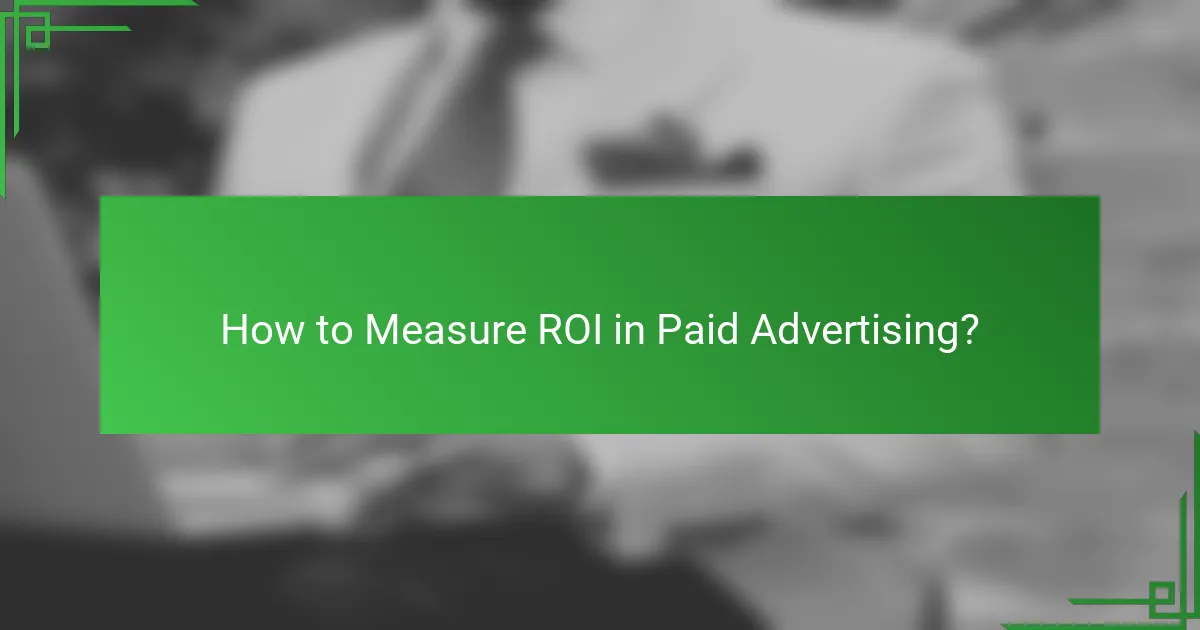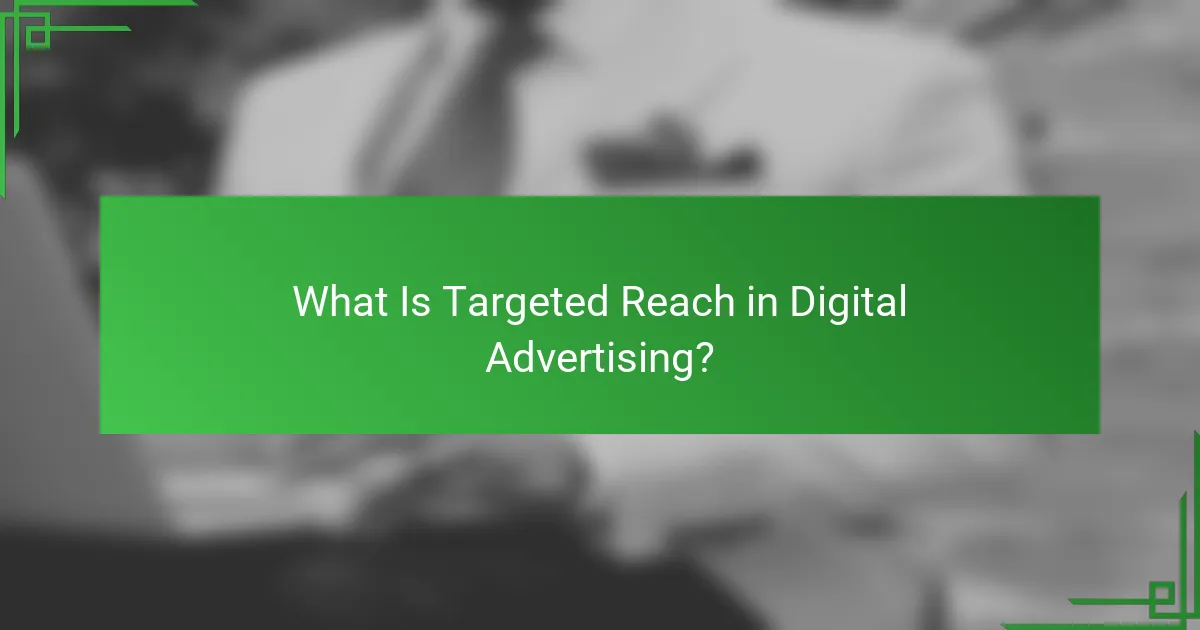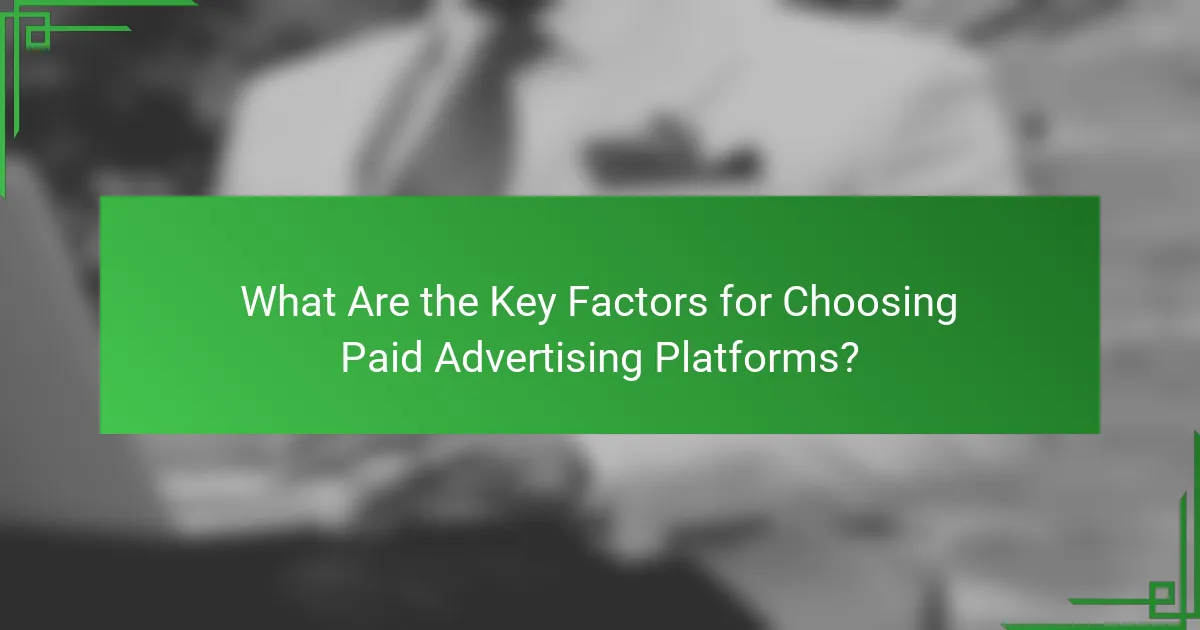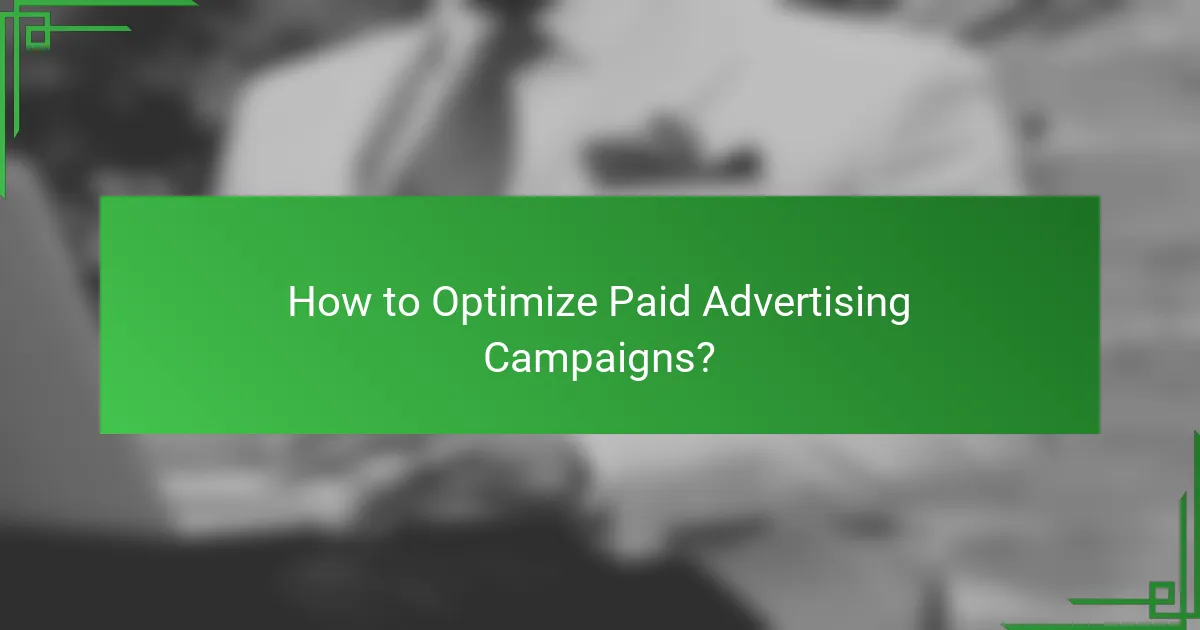In the competitive landscape of digital marketing, selecting the right paid advertising options is crucial for a startup agency. Platforms such as Google Ads and Facebook Ads offer tailored targeting capabilities, allowing businesses to reach their ideal audience effectively. By measuring ROI and focusing on targeted reach, agencies can optimize their campaigns to maximize engagement and conversion rates.

What Are the Best Paid Advertising Options for Digital Agencies?
The best paid advertising options for digital agencies include platforms like Google Ads, Facebook Ads, LinkedIn Ads, Instagram Ads, and Twitter Ads. Each platform offers unique targeting capabilities and pricing structures, making it essential to choose the right one based on your specific audience and campaign goals.
Google Ads
Google Ads allows digital agencies to display ads on Google’s search results and across its extensive display network. Advertisers can target specific keywords, making it effective for capturing intent-driven traffic.
Consider using a mix of search and display ads to maximize reach. Set a budget that aligns with your campaign goals, and monitor performance closely to adjust bids and keywords as necessary.
Facebook Ads
Facebook Ads provide robust targeting options based on user demographics, interests, and behaviors. This platform is ideal for agencies aiming to build brand awareness and engage with a diverse audience.
Utilize eye-catching visuals and compelling copy to enhance engagement. Testing different ad formats, such as carousel or video ads, can help identify what resonates best with your audience.
LinkedIn Ads
LinkedIn Ads are particularly effective for B2B marketing, allowing agencies to target professionals based on industry, job title, and company size. This precision makes it suitable for lead generation and brand positioning within specific sectors.
Consider using Sponsored Content or InMail campaigns to directly reach decision-makers. A clear call-to-action and professional tone are crucial for success on this platform.
Instagram Ads
Instagram Ads leverage visually appealing content to engage users, making it a strong choice for brands with rich visual assets. The platform is particularly popular among younger demographics, which can be beneficial for lifestyle and fashion brands.
Utilize Stories and Reels for dynamic ad formats that capture attention quickly. Consistent branding and high-quality visuals are key to standing out in users’ feeds.
Twitter Ads
Twitter Ads allow agencies to promote tweets and accounts to increase visibility and engagement. The platform is effective for real-time marketing and reaching audiences during trending events.
Focus on concise messaging and timely promotions to maximize impact. Using hashtags strategically can enhance discoverability and engagement with your ads.

How to Measure ROI in Paid Advertising?
Measuring ROI in paid advertising involves evaluating the revenue generated against the costs incurred. This assessment helps determine the effectiveness of advertising campaigns and guides future investment decisions.
Return on Ad Spend (ROAS)
Return on Ad Spend (ROAS) is a key metric that calculates the revenue earned for every dollar spent on advertising. To determine ROAS, divide the total revenue generated from ads by the total ad spend. A ROAS of 4:1, for instance, indicates that for every $1 spent, $4 in revenue was generated.
When analyzing ROAS, consider the industry benchmarks, as they can vary significantly. For example, e-commerce businesses often aim for a ROAS of 3:1 or higher, while service-based industries may have different targets. Regularly monitoring ROAS can help identify underperforming campaigns that need adjustments.
Cost Per Acquisition (CPA)
Cost Per Acquisition (CPA) measures the total cost of acquiring a customer through paid advertising. This includes all advertising expenses divided by the number of new customers gained. Keeping CPA low while maintaining quality leads is crucial for profitability.
To optimize CPA, focus on refining your target audience and improving ad relevance. A typical CPA target might range from $10 to $50, depending on the industry and product type. Regularly reviewing CPA can help identify trends and areas for improvement in your campaigns.
Customer Lifetime Value (CLV)
Customer Lifetime Value (CLV) estimates the total revenue a business can expect from a single customer throughout their relationship. Understanding CLV helps businesses determine how much they can afford to spend on acquiring new customers while remaining profitable.
To calculate CLV, consider factors such as average purchase value, purchase frequency, and customer retention rate. For example, if a customer spends $100 annually and remains loyal for five years, their CLV would be $500. A higher CLV allows for a greater CPA, enabling more aggressive advertising strategies.

What Is Targeted Reach in Digital Advertising?
Targeted reach in digital advertising refers to the ability to deliver ads to specific groups of people based on various criteria. This approach enhances the effectiveness of campaigns by ensuring that messages are seen by the most relevant audiences, thereby increasing the likelihood of engagement and conversion.
Demographic Targeting
Demographic targeting focuses on characteristics such as age, gender, income level, and education. By understanding the demographics of your target audience, you can tailor your advertising messages to resonate more effectively. For example, a luxury brand may target high-income individuals aged 30-50, while a toy company might focus on parents of young children.
When implementing demographic targeting, consider using platforms that allow you to filter audiences based on these attributes. This can lead to higher engagement rates and better return on investment (ROI) for your advertising spend.
Behavioral Targeting
Behavioral targeting involves analyzing users’ online behaviors, such as their browsing history, purchase patterns, and interactions with previous ads. This method allows advertisers to reach individuals who have shown interest in similar products or services. For instance, if a user frequently visits travel websites, they may be served ads for vacation packages.
To effectively utilize behavioral targeting, leverage tools that track user interactions and segment audiences accordingly. This approach can significantly improve conversion rates, as ads are shown to users who are already inclined to engage with your offerings.
Geographic Targeting
Geographic targeting allows advertisers to deliver ads based on the physical location of users. This can be as broad as targeting an entire country or as specific as a local neighborhood. For example, a restaurant may want to target ads to users within a 10-mile radius to attract local customers.
When employing geographic targeting, consider the cultural and economic factors of the area. Tailoring your message to reflect local preferences can enhance the effectiveness of your campaigns. Additionally, ensure compliance with any local advertising regulations that may apply.

What Are the Key Factors for Choosing Paid Advertising Platforms?
When selecting paid advertising platforms, consider factors such as target audience alignment, budget flexibility, and ad format options. These elements significantly influence the effectiveness of your advertising strategy and return on investment (ROI).
Target Audience Alignment
Understanding your target audience is crucial for choosing the right paid advertising platform. Platforms like Facebook and Instagram are ideal for reaching younger demographics, while LinkedIn is more suited for B2B marketing and professionals.
Evaluate where your audience spends their time online. Use analytics tools to gather insights on user behavior and preferences, ensuring your ads reach the right people. This alignment can enhance engagement and conversion rates.
Budget Flexibility
Budget flexibility is a vital consideration when selecting paid advertising options. Different platforms offer varied pricing models, such as cost-per-click (CPC), cost-per-impression (CPM), or cost-per-acquisition (CPA), allowing you to tailor your spending based on your financial capacity.
Start with a clear budget and allocate funds based on platform performance. Many platforms allow you to set daily or lifetime budgets, enabling you to control costs effectively. Monitor your spending and adjust as needed to maximize ROI.
Ad Format Options
Ad format options can greatly impact the effectiveness of your campaigns. Platforms provide diverse formats, including text ads, image ads, video ads, and carousel ads, each catering to different marketing goals and audience preferences.
Experiment with various formats to determine which resonates best with your audience. For instance, video ads often yield higher engagement rates, while image ads can be more cost-effective. Tailor your content to fit the chosen format, ensuring it aligns with your overall messaging strategy.

How to Optimize Paid Advertising Campaigns?
To optimize paid advertising campaigns, focus on refining targeting, improving ad content, and continuously analyzing performance metrics. Effective optimization can significantly enhance return on investment (ROI) and ensure your ads reach the right audience.
A/B Testing
A/B testing involves comparing two versions of an ad to determine which performs better. This method allows you to test different headlines, images, or calls to action to see what resonates most with your audience.
When conducting A/B tests, ensure that you only change one variable at a time to accurately assess its impact. Aim for a sample size that provides statistically significant results, typically in the low hundreds to thousands, depending on your overall traffic.
Common pitfalls include running tests for too short a duration or not having a clear hypothesis. Always analyze the results thoroughly before implementing changes based on your findings.
Keyword Research
Keyword research is essential for identifying the terms and phrases your target audience uses when searching for products or services. This process helps in selecting the right keywords to bid on, maximizing visibility and relevance.
Utilize tools like Google Keyword Planner or SEMrush to discover high-volume keywords with manageable competition. Focus on long-tail keywords, as they often have lower costs and higher conversion rates.
Regularly review and update your keyword strategy based on performance data. Avoid overusing keywords, as this can lead to ad fatigue and reduced effectiveness. Instead, maintain a balanced approach to ensure your ads remain fresh and engaging.


